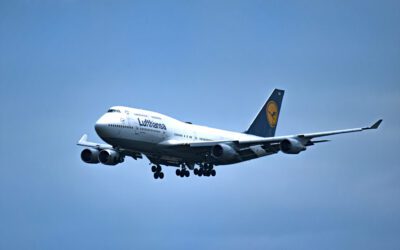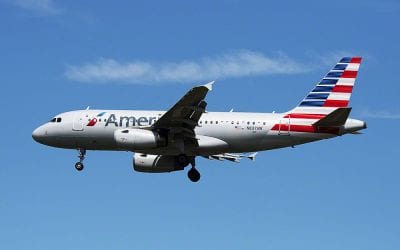Legacy airlines love having regional commuter carriers. These associated carriers allow the legacy, network carriers to claim a bigger route network, while having flights operated by a lower-cost airline partner.
For consumers, however, the flights are a very mixed blessing. Yes, they mean more flight options to cities that otherwise wouldn’t have service, or would have very limited service, but regional airlines also mean smaller planes and at best, regional jets.
While these partner flights used to serve only short routes to out-of-the-way places, now they are often on some pretty long flights to major airports. One regional jet partner flies Minneapolis to San Francisco, for example, on United Express. That’s a flight of 1,589 miles and 4 1/2 hours. Another, Austin to Los Angeles, is 1,238 miles and 3 1/2 hours.
Adding to passenger confusion, some airlines use both regional partners and their own regular jets on the same route, though they do note the operating carriers because of DOT rules in both old-style GDS reservations systems, as well as on their own websites. However, it is still confusing. Travel agents, online and otherwise, let passengers know whether the flights are operated by the mainline carrier or its regional partner. Plus, partner flights also usually have telltale four digit numbers, in the 3000-7000 range. Most of them they are subtitled “American Eagle,” “United Express,” “Delta Connection.”
If travelers end up on a regional carrier, here are five rules to follow that can make your trip, if not more comfortable, at least potentially less miserable.
1. If comfort matters, consider paying extra for an extra legroom seat. Not that any airline really offers comfortable seats in coach these days, but the regional jets and turbo-prop seats are even more narrow than usual. In addition, the small cabin can make even regular fliers feel claustrophobic. It’s not that the preferred seats are wonderful on a small plane — they are less bad.
2. The plane is likely to have limited overhead space. So, make sure you have items you want to use on the plane, as well as valuables in a small carry-on, or in a bag you can remove quickly at the gate if you end up gate-checking.
3. Allow plenty of connecting time. This rule is especially true if passengers are starting their trip on a regional carrier. When air traffic control (ATC) decides to delay flights, they often provide airlines a reduced number of takeoff slots. If a carrier has a choice if using an on-time slot for their own larger plane filled with more passengers or a partner’s smaller one, it’s kind of a no-brainer.
4. Consider checkings bag at the counter if faced with a relatively tight connection. Gate checking can be convenient, but when connecting, passengers must wait for your bag to appear on the jetway before sprinting to their connection flight. In these cases, connecting baggage can find its way to the next flight via the airline baggage service.
Of course, the checked bag might not make the connecting flight, but the passenger will. And I’ve been pleasantly surprised more than once at how quickly airlines move baggage, often loading it onto a plane AFTER the door has closed.
This rule costs money and is debatable. Sometimes the bags are brought up in a few minutes; sometimes it can take longer, especially if a lot of people gate check. I’ve had more than a few clients miss flights because they waited 10 to 15 minutes for their bag, and then couldn’t get to their connecting gate in time. I’ve almost missed a flight for the same reason myself. (Even though an airline might know connecting passengers have checked in and have arrived on a connection, it doesn’t mean they will hold the flight.)
5. Bring reading material. Whether it’s on a Kindle or old-fashioned paper, have something to pass the time. If not reading materials, bring games, anything. Even the shorter flights may have plenty of ground time before takeoff and waiting for a gate. And while some carriers are just beginning to add Wi-Fi on the regional jets, it’s a pretty sure bet there’s no inflight movie.



